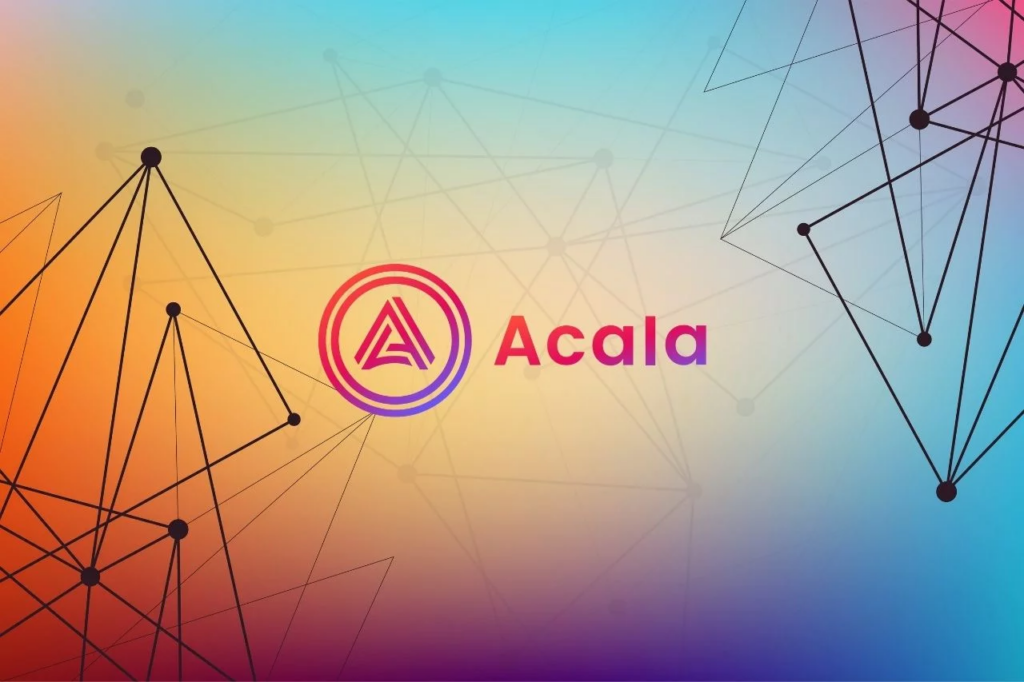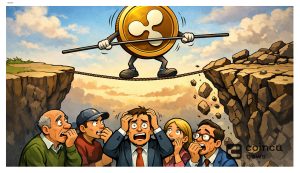Key Points:
- The Acala network is upgrading emissions and burning ACA tokens in the direction of future development.
- The upgrade is targeted for August 15 if the vote passes.
- The upgrade will optimize network growth, sustainability, and safety by enhancing ACA utility and ACA owner engagement.
According to the Acala Network has grown beyond the original ACA scope, which had limited utility to support new development based on newly built infrastructure and protocols.

The Exodus upgrade aims to bring together stakeholders, participants in the Acala ecosystem, network infrastructure and protocol functions, and ACA as a utility and security element of the Acala Network. It will optimize network growth, sustainability, and safety by enhancing ACA utility and ACA holders’ participation.
The goals of the Acala Exodus Upgrade:
- Provide a path forward for aUSD with options to exit existing positions or continue to ride with Acala’s growth.
- Build the liquidity layer of web3 finance, including LSDFi-focused Universal Asset Hub that has sustainable and captive liquidity.
- Upgrade ACA to boost ACA utility and support sustainable network growth.

Following are the new ACA utilities in addition to the existing ones, such as being used as transaction fees, voting in governance proposals, implementing pallets, and more.
- Staking ACA
- Ecosystem Token Contribution can be used through Staking ACA
- Vote to distribute emissions to liquidity pools and dApps
- A portion (e.g. 20% through governance) of ACA staking can be used as mitigation in the event of a shortage in Acala-derived protocols
Acala will have a total of 100 million ACA emissions per year, limited to 6 years after approval by the board. 50% of emissions will be dedicated to ACA staking and 50% dedicated to profit farming for the liquidity pool, dApps built on Universal Asset Hub (UAH), and other avenues to help build liquidity and application.
Part of the unused exhaust gas will be burned periodically, e.g. 1% of monthly unused emissions, part of network fees accumulated over a period of time will also be burned, for example, accrued network fees will be recorded every six months, and 20% will be burned through administration. This overtime could cause the ACA to deflate.
DISCLAIMER: The information on this website is provided as general market commentary and does not constitute investment advice. We encourage you to do your own research before investing.






















